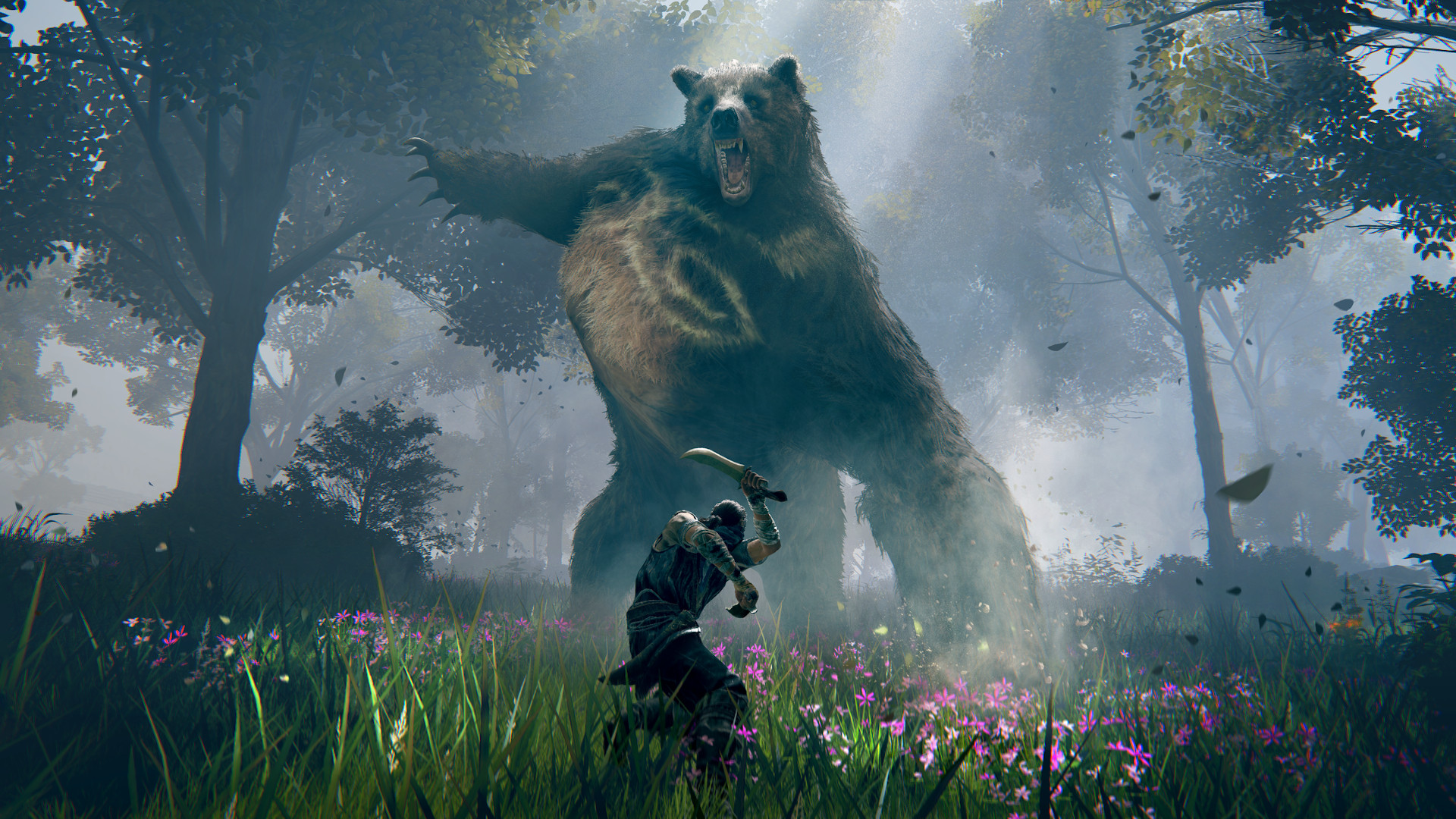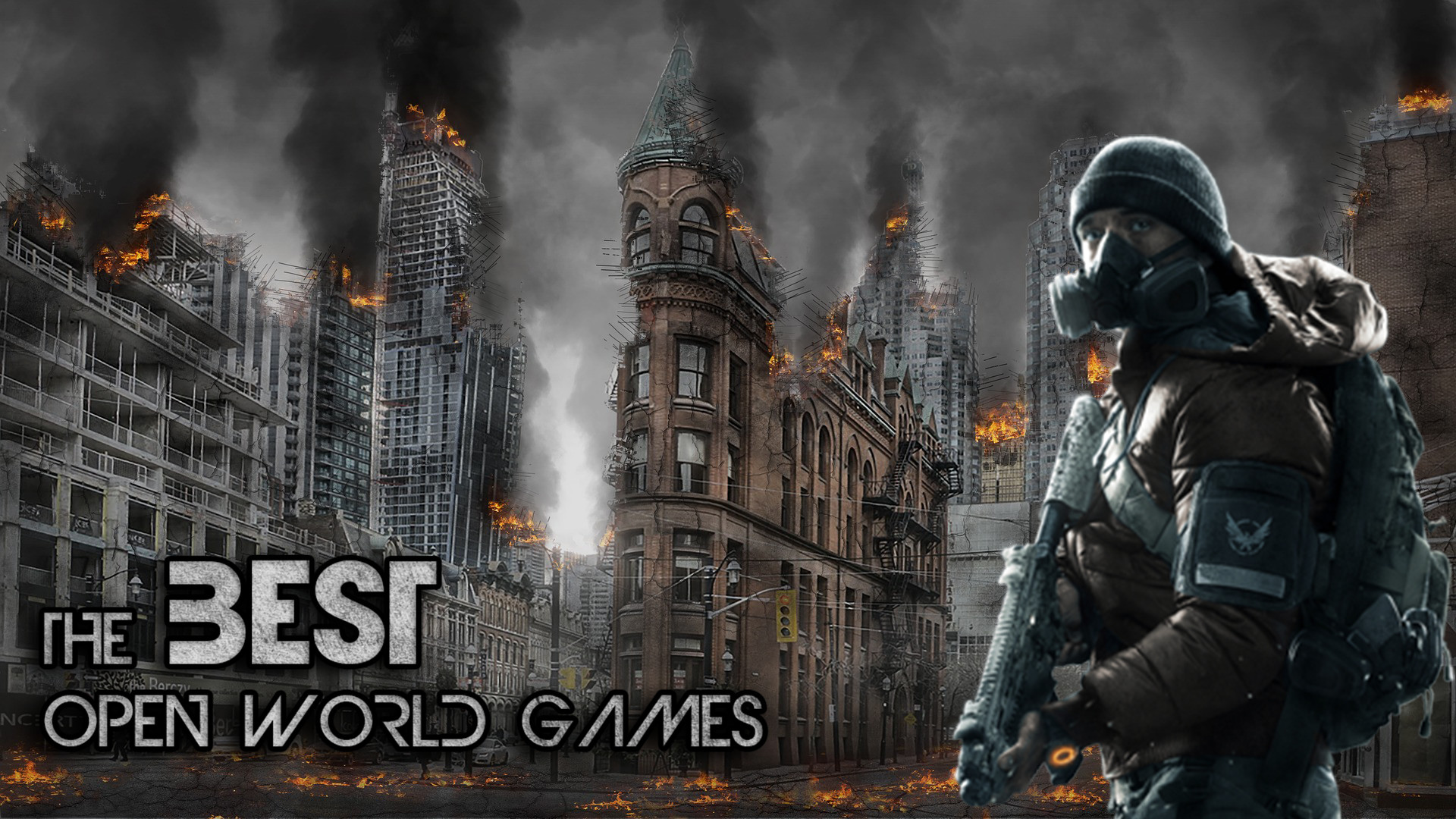
Freedom Unleashed: Exploring the Allure and Evolution of Open-World Action Games
The open-world action game. The very phrase conjures images of sprawling landscapes, bustling cities teeming with life, and a protagonist poised on the precipice of adventure. This genre, a potent cocktail of freedom, emergent gameplay, and pulse-pounding action, has captivated gamers for decades and continues to dominate the gaming landscape. But what is it about these virtual sandboxes that keeps us coming back for more? And how has the genre evolved from its humble beginnings to the complex, breathtaking experiences we enjoy today?
At its core, the open-world action game offers players unprecedented agency. Unlike linear titles that guide you down a pre-determined path, these games provide a vast, explorable world that you can traverse at your own pace. You are free to deviate from the main storyline, engage in side quests, discover hidden locations, and interact with the world and its inhabitants in meaningful ways. This sense of freedom, of being the architect of your own adventure, is a powerful draw.
The Genesis of Freedom: From Grand Theft Auto to Zelda
While the concept of open-world gameplay existed in earlier titles, it was the original Grand Theft Auto in 1997 that truly popularized the genre. Its top-down perspective allowed players to wreak havoc in a digital city, stealing cars, evading the police, and engaging in various criminal activities. While rudimentary by today’s standards, Grand Theft Auto laid the foundation for the genre’s defining features: a large, explorable environment, a non-linear narrative, and a focus on player choice.
However, the evolution wasn’t solely driven by crime simulators. The Legend of Zelda: Ocarina of Time (1998) demonstrated the power of a vast, interconnected world filled with secrets and challenges. While not strictly an open-world game in the modern sense, its sprawling Hyrule Field and the freedom to explore its dungeons in a non-linear order heavily influenced future titles.
The Rise of the Modern Open-World Action Game: Defining Features and Key Examples
The early 2000s saw the genre truly blossom, with titles that solidified the conventions we recognize today. Grand Theft Auto III (2001) ushered in the era of 3D open-world action, offering a fully realized Liberty City to explore and exploit. Its combination of a compelling narrative, a diverse cast of characters, and a plethora of side activities set a new standard for the genre.
Following in its footsteps, titles like Mafia: The City of Lost Heaven (2002) and True Crime: Streets of LA (2003) further refined the formula, focusing on immersive storytelling and detailed recreations of real-world cities. These games introduced elements like driving mechanics, third-person shooting, and melee combat, which became staples of the genre.
The key features that define the modern open-world action game include:
- A Vast and Explorable World: The game’s environment is typically large and interconnected, offering a diverse range of landscapes, cities, and locations to discover.
- Non-Linear Narrative: Players are often given the freedom to pursue the main storyline at their own pace, while also engaging in optional side quests and activities.
- Emergent Gameplay: The freedom afforded to the player allows for unexpected and unscripted events to occur, creating a dynamic and unpredictable experience.
- Character Progression: Players typically improve their character’s abilities and equipment over time, enhancing their combat prowess and allowing them to tackle increasingly challenging content.
- Meaningful Player Choice: Decisions made by the player can have a significant impact on the game world and the narrative, leading to different outcomes and endings.
Beyond the Sandbox: Innovation and Diversification
As the genre matured, developers began to experiment with new ideas and push the boundaries of what an open-world action game could be. The Elder Scrolls III: Morrowind (2002) and its sequels, Oblivion and Skyrim, introduced a level of depth and complexity to the genre that was unprecedented. Their sprawling fantasy worlds, rich lore, and intricate character customization options allowed players to create their own unique stories and experiences.
Assassin’s Creed (2007) brought parkour mechanics and social stealth to the forefront, allowing players to traverse bustling cityscapes with unparalleled agility and blend seamlessly into crowds. The series has continued to evolve, incorporating elements of RPG and crafting, and exploring diverse historical settings.
Batman: Arkham Asylum (2009) revolutionized combat in open-world action games with its innovative "Freeflow" system, which allowed players to seamlessly transition between attacks and counters. Its focus on stealth, detective work, and psychological horror created a unique and memorable experience.
Red Dead Redemption (2010) and its sequel, Red Dead Redemption 2, raised the bar for open-world storytelling with their compelling narratives, complex characters, and stunningly realistic depictions of the American West. The games’ attention to detail, from the wildlife to the weather, created a truly immersive and believable world.
The Current Landscape: Challenges and Future Directions
The open-world action genre continues to thrive, with new titles pushing the boundaries of technology and design. Games like The Witcher 3: Wild Hunt (2015) and Ghost of Tsushima (2020) have been lauded for their breathtaking visuals, compelling narratives, and deep gameplay mechanics.
However, the genre also faces several challenges. One of the biggest is the issue of "open-world bloat," where games are filled with repetitive and uninspired content simply to pad out the playtime. This can lead to a feeling of fatigue and detract from the overall experience.
Another challenge is the difficulty of creating a truly dynamic and reactive world. While many open-world games offer a vast array of activities, the world itself often feels static and unresponsive to the player’s actions.
Looking to the future, several trends are shaping the evolution of the genre. Procedural generation, the use of algorithms to create game content, is being explored as a way to create larger and more diverse worlds. Artificial intelligence is also playing an increasingly important role, allowing for more realistic and believable non-player characters (NPCs).
Another promising direction is the integration of more robust multiplayer elements. Games like Grand Theft Auto Online and Red Dead Online have demonstrated the potential of open-world action games to create shared social experiences. Future titles may explore new ways to connect players and create dynamic, player-driven narratives.
Ultimately, the future of the open-world action game is bright. As technology continues to advance and developers continue to innovate, we can expect to see even more immersive, engaging, and dynamic experiences in the years to come. The allure of freedom, the thrill of exploration, and the satisfaction of shaping your own destiny will continue to draw players into these vast and captivating virtual worlds. The genre’s evolution promises even greater levels of player agency, more complex and reactive worlds, and more compelling stories to tell. The open-world action game is more than just a genre; it’s a testament to the power of interactive storytelling and the boundless potential of the gaming medium.

